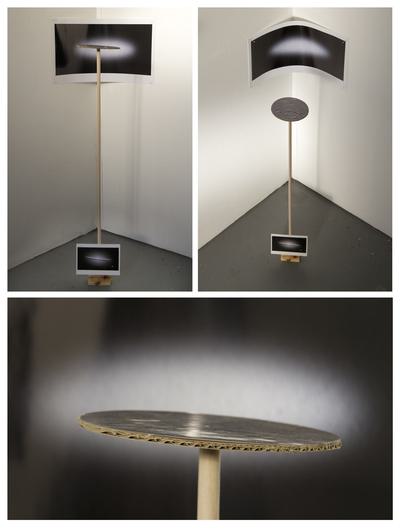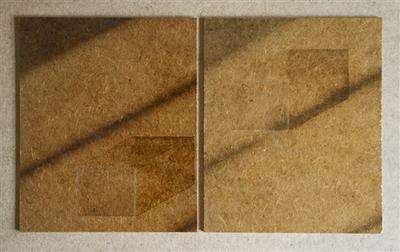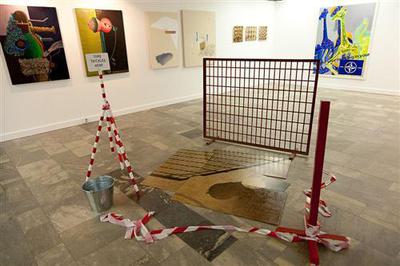Exhibitions/Fairs/Screenings
PHD Showcase Engine Room, Edinburgh College of Art, Edinburgh March 2023
Photography on Ice - Performance Lecture For Free Association at CCA, Glasgow Dec 2019
Satellite exhibition - Astronomy Victorious, University of Edinburgh, UK. 2018
Lumen, Bankley Gallery, Manchester UK. 2017- 2018
School of Light, Lumen at Ugly Duck, London UK. 2017
Hard Focus, Artwork Atelier, Manchester UK. 2016
Art Moment, Moscow Russia. 2014
Elements, QUAD, Derby, UK. 2012/13
Third Stone, Occupy My Time Gallery, Enclave, Deptford, London. 2012
Past and Present, Occupy My Time Gallery, Enclave, Deptford, London. 2012
Translate/Transcribe, Central House of Artists, Moscow, Russia 2011
Attract/Repel, Central Booking, New York USA. 2010
The Reading Room at Broadway, The Reading Room (Hinterland Projects), Broadway Cinema and Media Centre, Nottingham UK. 2009
Transitions, Flacon, Moscow, Russia. 2009
It's your Round, Camberwell Arts Festival, The Bear, Camberwell, London. 2008
It was an August afternoon..., Deptford X, London. 2007
10th International Contemporary Artists' Book Fair, University of Leeds, Leeds, UK. 2007
Future Map 07, Arts Gallery, University of the Arts, Davies Street, London. 2007
LAB 07 & LAB 06 (London Artists Book Fair), Institute of Contemporary Arts (ICA), London 2007/6
Picasso's Laboratory, St. James Cavalier, Valletta, Malta 2007
Urbanbodies 2, Greenwich Picturehouse, London. 2007
The Space between the Sole and the Heel, Collective Gallery, Edinburgh, UK 2005 & Globe Gallery, Newcastle upon Tyne, UK 2004
We Are Transparent, Waygood Gallery, Newcastle upon Tyne, UK 2004
The Dossier, Waygood Gallery, Newcastle upon Tyne, UK Intervention 2003
Residencies
Participating Artist, Planetary Processing, The Photographers’ Gallery, London 2018-2019
Moscow there and back, Occupy My Time Gallery, Enclave, Deptford, London 2012
Competitions, prizes and awards
Arts and Humanities Research Council Doctoral Training Studentship, 2019-to date
Creative Scotland Artist Development Grant,2018
The Murton / Crawford Award for Book Art (Purchase Prize), 2007
Nominated for the Deptford X MacDonald Egan Award, 2007














